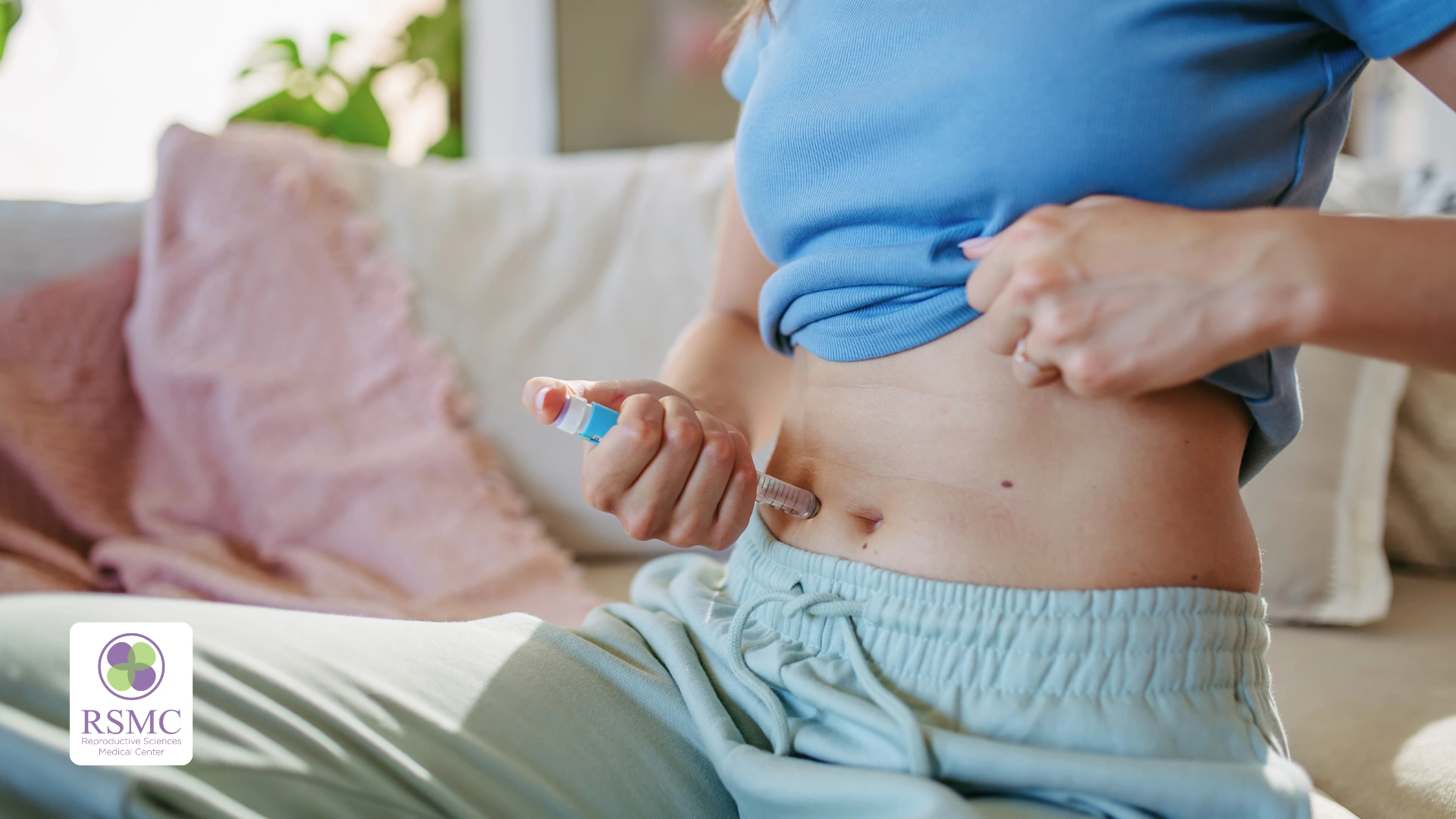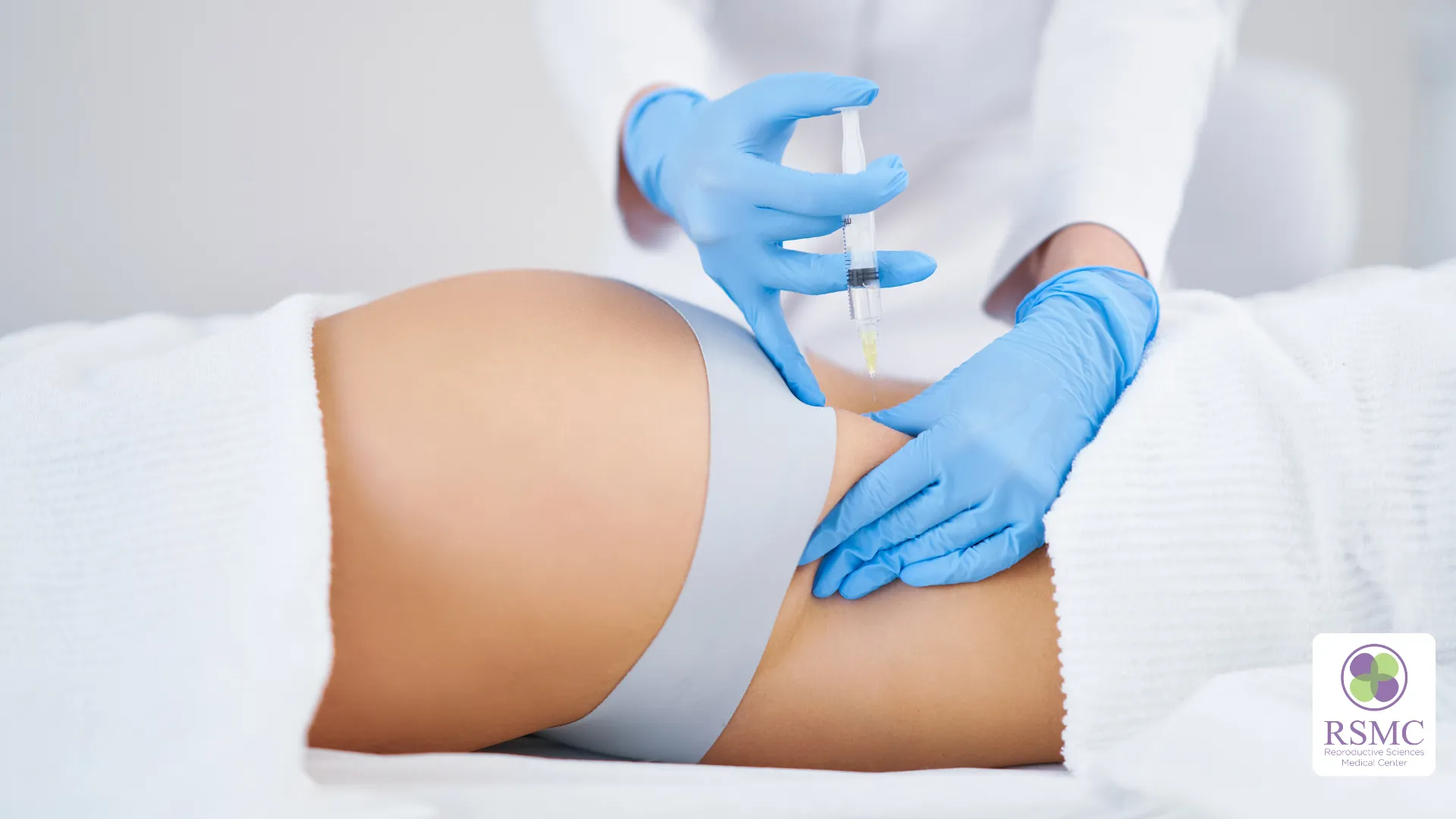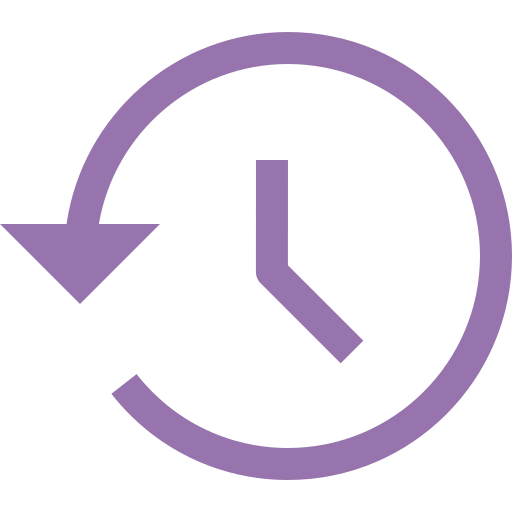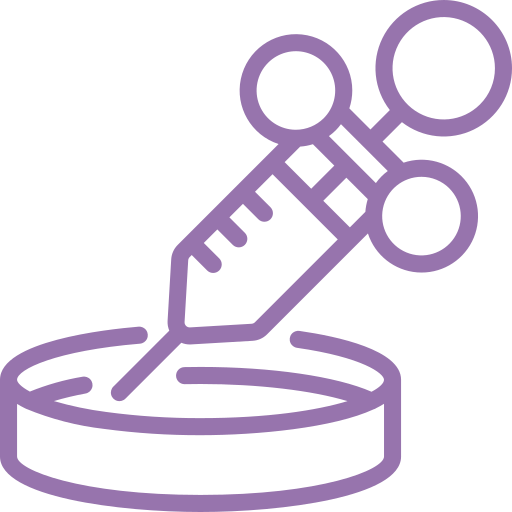The IVF process timeline can take about four to six weeks and includes several important steps. It starts with preparing the body for treatment and ends with a pregnancy test. Each stage follows a specific schedule to increase the chances of a successful pregnancy.
Doctors create a personalized plan for each woman, including a detailed calendar and medication schedule. The process involves hormone treatments, egg retrieval, fertilization, and embryo transfer. Knowing what to expect at each step can help make the journey easier and less stressful.
Key Takeaways
- The IVF process timeline usually lasts between four to six weeks and involves multiple stages, including hormone regulation, ovarian stimulation, egg retrieval, fertilization, and embryo transfer.
- Understanding each phase of the process can help individuals and couples feel more prepared and confident throughout their fertility journey.
- Following the timeline closely improves the chances of a successful pregnancy, as each step is carefully designed to support embryo development and implantation.
- Regular clinic visits, vaginal ultrasounds, and blood tests are necessary to monitor progress and adjust medications as needed.
- Proper planning ensures that personal and work commitments do not interfere with important procedures, such as the trigger shot and pregnancy test.
- Support from family, friends, or support groups can make the IVF journey easier and encourage the ups and downs of treatment.
IVF Cycle Timeline: From Suppression to Stimulation
The first phase of the IVF cycle timeline focuses on preparing the body for treatment and ensuring everything is in sync. This phase helps regulate hormones, prevent premature ovulation, and prepare the ovaries to produce multiple eggs for retrieval.
Step 1: Hormone Regulation and Birth Control Pills
Many women begin by taking birth control pills for about two to three weeks at the start of their menstrual cycle. These pills help regulate hormone levels and allow doctors to control the timing of the next steps in the IVF process. Birth control also prevents the ovaries from developing eggs too early and ensures all follicles grow simultaneously during stimulation.
During this time, doctors will provide a treatment calendar that outlines when to take medications and attend appointments.
Step 2: Starting Suppression Medication
The next phase begins around day 21 of the menstrual cycle with a suppression medication like Lupron. This medication helps prevent the body from ovulating too soon. Lupron works by temporarily stopping the release of hormones that trigger ovulation by acting on the pituitary gland.
Taking suppression medication is important because it gives doctors better control over the cycle’s timing and ensures the eggs are retrieved at the right moment.
Step 3: Suppression Check
After about 10 days of taking suppression medication, the woman will visit the clinic for a vaginal ultrasound and blood test. These tests check whether ovulation is fully suppressed and confirm that the ovaries respond as expected.
If the suppression check shows good results, the next step in the IVF treatment can begin—ovarian stimulation. If the results are not ideal, the doctor may adjust the medication or extend the suppression phase before moving forward.
Step 4: Preparing for Ovarian Stimulation
Once suppression is confirmed, the focus shifts to stimulating the ovaries to produce multiple eggs. This is done using injectable medications such as follicle-stimulating hormone (FSH), which helps the ovaries grow multiple follicles instead of just one as in a natural cycle.
During this phase, the woman will continue taking a small amount of suppression medication to prevent premature ovulation. The stimulation process usually lasts 8–12 days, and follicle growth is monitored frequently through ultrasounds and blood tests to adjust medication dosages if needed.
Follicle Maturation and Egg Retrieval
Once ovarian stimulation begins, the goal is to help the ovaries produce multiple mature eggs. This phase of the IVF process timeline is critical because the quality and number of mature eggs can directly affect the chances of a successful pregnancy.
Monitoring Follicle Growth
Medications such as follicle-stimulating hormone (FSH) during the stimulation phase help the ovaries produce multiple follicles containing eggs. The woman will visit the clinic regularly for vaginal ultrasounds and blood tests to monitor follicle development.
- Ultrasounds: These scans measure the size of the follicles, which need to reach between 18–22 millimeters to be considered mature.
- Blood tests check hormone levels, especially estrogen, to ensure the ovaries respond well to the medications.
Doctors carefully track the growth of the follicles and adjust medication doses if needed. This monitoring period usually lasts 8–12 days.
The Trigger Shot
Once the follicles have grown to the right size, it’s time for the trigger shot, an injection of human chorionic gonadotropin (hCG). This shot is crucial because it helps the eggs complete their final maturation stage, preparing them for retrieval.
- The trigger shot must be taken exactly 36 hours before the scheduled egg retrieval.
- Timing is critical because the eggs need to be collected before they are released from the follicles into the fallopian tubes.
- If the shot is taken too early or too late, the eggs might not be usable.
The hCG trigger shot helps the eggs undergo meiosis, a process in which the eggs reduce their number of chromosomes from 46 to 23, making them ready for fertilization.
The Egg Retrieval Procedure
Egg retrieval is a minor surgical procedure that typically takes about 20 minutes. It is performed under light sedation or anesthesia to ensure comfort.
- A thin needle is inserted through the vaginal wall using ultrasound guidance.
- The needle reaches the ovaries and gently retrieves the mature eggs from the follicles.
- The fluid containing the eggs is collected in a test tube and taken to the laboratory for fertilization.
After the procedure, the woman rests for a short period before going home. Some mild cramping and bloating are common after egg retrieval, but most women can resume normal activities the next day.
What Happens to the Eggs After Retrieval?
Once the eggs are collected, they are carefully examined in the lab to determine their quality. The best-quality eggs are selected for fertilization, either through conventional IVF (where eggs and sperm are combined in a dish) or via intracytoplasmic sperm injection (ICSI), where a single sperm is injected directly into each egg.
Fertilization and Embryo Development
After the eggs are retrieved, fertilization and embryo development are the next steps in the IVF process timeline. This phase determines whether healthy embryos will be available for transfer.
Fertilization Process
Once the eggs are collected, they are taken to the laboratory, where embryologists carefully examine them to select the best-quality eggs for fertilization. Fertilization can happen in two ways:
- Conventional IVF: The eggs are placed in a special dish with sperm, allowing fertilization to occur naturally. The sperm swims to the egg and attempts to penetrate it.
- Intracytoplasmic Sperm Injection (ICSI): This method is often used when there are concerns about sperm quality. A healthy sperm is injected directly into each egg using a fine needle. ICSI increases the chances of fertilization, especially if sperm count or mobility is low.
After fertilization, the eggs become embryos and are monitored closely to ensure they develop properly.
Monitoring Embryo Growth
Once fertilization occurs, the embryos are carefully watched in the lab to ensure they grow as expected. The development process is divided into stages:
- Days 1-3: The embryos divide into multiple cells while growing in a special culture media. This media mimics the natural environment inside the fallopian tubes, providing the nutrients needed for growth.
- Days 4-6: The embryos are moved to a new culture media that mimics the uterine environment. During this period, embryos may reach the blastocyst stage, which means they have grown into a more advanced structure with around 80-120 cells.
Reaching the blastocyst stage is a good sign, as these embryos have a better chance of implanting successfully in the uterus.
Benefits of Blastocyst Stage Embryo Transfer
Transferring embryos at the blastocyst stage offers several advantages:
- Higher success rates: Blastocysts are more developed, making it easier for doctors to select the healthiest embryos for transfer.
- Pre-implantation Genetic Testing: Embryos can undergo genetic screening to check for chromosomal abnormalities at this stage. This can help identify embryos with the highest chance of leading to a healthy pregnancy.
- Better synchronization with the uterine lining: Waiting until the blastocyst stage allows the embryo to match the timing of the uterus better, increasing the chances of implantation.
Freezing Extra Embryos
If more embryos are needed for immediate transfer, they can be frozen for future use. This process, called embryo cryopreservation, allows couples to try for pregnancy later without repeating the entire IVF cycle from the beginning.
Preparing for Embryo Transfer
After the embryos have developed in the lab, the next step in the IVF process timeline is preparing the woman’s body for embryo transfer. This phase focuses on creating the best possible environment in the uterus to support implantation and increase the chances of a successful pregnancy.
Uterine Lining Preparation
A healthy uterine lining is crucial for embryo implantation. To prepare the uterus, doctors prescribe progesterone supplements. These can be given as injections, vaginal suppositories, or oral tablets.
- When does it start? The woman usually starts taking progesterone the day after egg retrieval.
- Why is it important? Progesterone thickens the uterine lining, making it more receptive to the embryo.
- How long does it last? This treatment continues until at least two weeks after embryo transfer and sometimes longer if pregnancy occurs.
The doctor may also recommend estrogen supplements to further support the uterine lining during this time.
Monitoring the Uterine Lining
Before the embryo transfer, the woman will undergo a vaginal ultrasound and possibly a blood test to check the thickness and quality of the uterine lining. A healthy lining is usually around 8–12 millimeters thick. If the lining is not thick enough, the doctor may adjust medications or delay the transfer until conditions improve.
Deciding on the Number of Embryos
Before the transfer, the doctor and the patient will discuss the number of embryos to implant. Some factors that influence this decision include:
- Embryo quality: Higher-quality embryos have a better chance of implanting successfully.
- Age of the woman: Younger women usually have a higher success rate with a single embryo transfer.
- Previous IVF cycles: If past attempts were unsuccessful, transferring more than one embryo may be considered.
- Risk of multiple pregnancy: Transferring multiple embryos increases the chance of twins or triplets, which can carry additional health risks.
Completing the IVF Process: Pregnancy Test
The final step in the IVF process timeline is the pregnancy test, which determines if the treatment was successful. This is important after weeks of medications, procedures, and waiting.
When to Take the Pregnancy Test
The pregnancy test is usually done 11 to 14 days after the embryo transfer. This waiting period allows the embryo to implant into the uterine lining and produce detectable levels of human chorionic gonadotropin (hCG), the pregnancy hormone.
Taking a test too early may lead to inaccurate results, as the hormone levels might not be high enough to detect pregnancy.
Blood Test vs. Home Pregnancy Test
Doctors usually recommend a blood test instead of a home pregnancy test because it provides more accurate results.
- Blood test: Measures the exact level of hCG in the body, which can confirm pregnancy earlier and more reliably than a home test.
- Home pregnancy test: While convenient, it might not detect low hCG levels and could give a false negative or positive result.
A second blood test may be done a few days later to check if the hCG levels are rising appropriately, which is a good sign of a healthy pregnancy.
Possible Pregnancy Test Results
There are three possible outcomes after taking the pregnancy test:
- Positive test: If the test confirms pregnancy, the woman will continue taking medications such as progesterone to support the early stages of pregnancy. An ultrasound is usually scheduled two weeks later to check the embryo’s development.
- Negative test: A negative result can be disappointing, but the doctor will discuss possible reasons and future options, such as trying another IVF cycle with frozen embryos.
- Uncertain result: In some cases, the hCG levels may be low, requiring further testing to confirm whether the pregnancy is viable.
What Happens Next?
If the pregnancy test is positive, prenatal care begins, and the woman will continue with regular check-ups to monitor the progress of the pregnancy. If the test is negative, the doctor will review the treatment and discuss options for future attempts, such as another embryo transfer or adjustments to the IVF treatment plan.
Why the IVF Process Timeline Matters
The IVF process timeline is carefully planned to improve the chances of a successful pregnancy, making it important to understand each step. Knowing what to expect helps individuals and couples prepare mentally, physically, and financially for the journey. From taking medications to attending clinic visits for procedures like egg retrieval and embryo transfer, being informed allows patients to stay organized and manage their expectations.
Understanding the timeline also helps with planning daily life around key treatment milestones. Since IVF can take several weeks, patients need to be available for regular appointments, ultrasounds, and blood tests. Proper planning ensures that personal and work commitments do not interfere with crucial steps like the pregnancy test. Staying informed makes the journey smoother and helps patients feel more in control.























